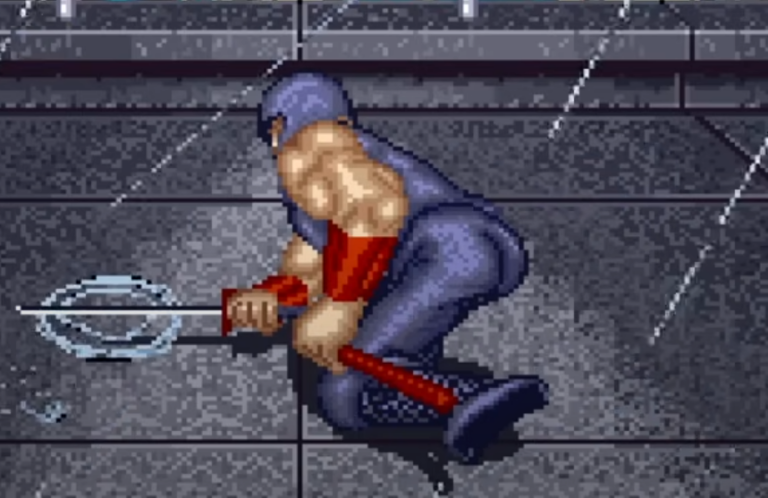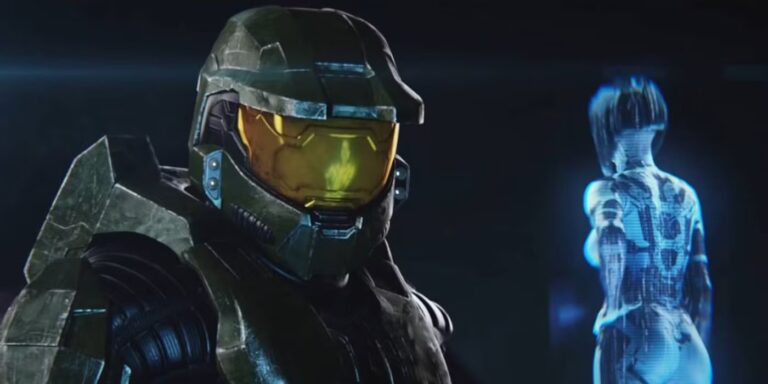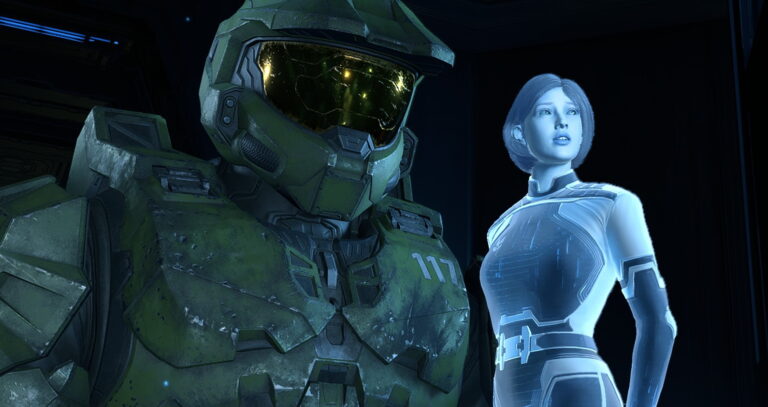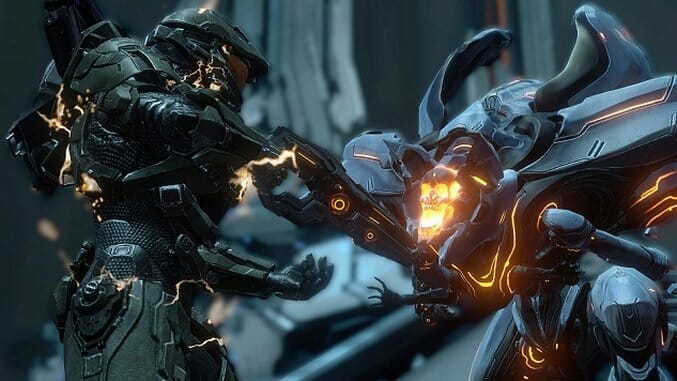Welcome back to the Ninja Gaiden Love/Hate series on IC2S! In this entry, we’ll be looking at...
Love/Hate
Welcome back to the Ninja Gaiden Love/Hate series on IC2S! It’s finally time for the entry you’ve...
Welcome back to the Ninja Gaiden Love/Hate series! In this entry, we’ll be looking at Ninja Gaiden...
Welcome back to the Ninja Gaiden Love/Hate series! In this entry, we’ll be looking at Ninja Gaiden...
Welcome back to the Ninja Gaiden Love/Hate series! In this entry, we’ll be looking at Ninja Gaiden...
Welcome back to the Ninja Gaiden Love/Hate series! In this entry, we’ll be looking at the final...
Welcome back to the Ninja Gaiden Love/Hate series! In this entry, we’ll be looking at Ninja Gaiden...
Welcome back to the Ninja Gaiden Love/Hate series! In this entry, we’ll be going back to the...
It’s time for the long-awaited Ninja Gaiden Love/Hate series here on IC2S! This series has been a...
And with that, we have completed another Love/Hate series here on IC2S! I’m so glad that I...
Welcome back to the Halo love/hate series! In this entry we’ll be going over the most recent...
Welcome back to the Halo love/hate series! In this entry we’ll be going over Halo 5: Guardians....
Welcome back to the Halo love/hate series! In this entry we’ll be going over Halo 4, the...
Welcome back to the Halo love/hate series! In this entry we’ll be going over the final Bungie-developed...













